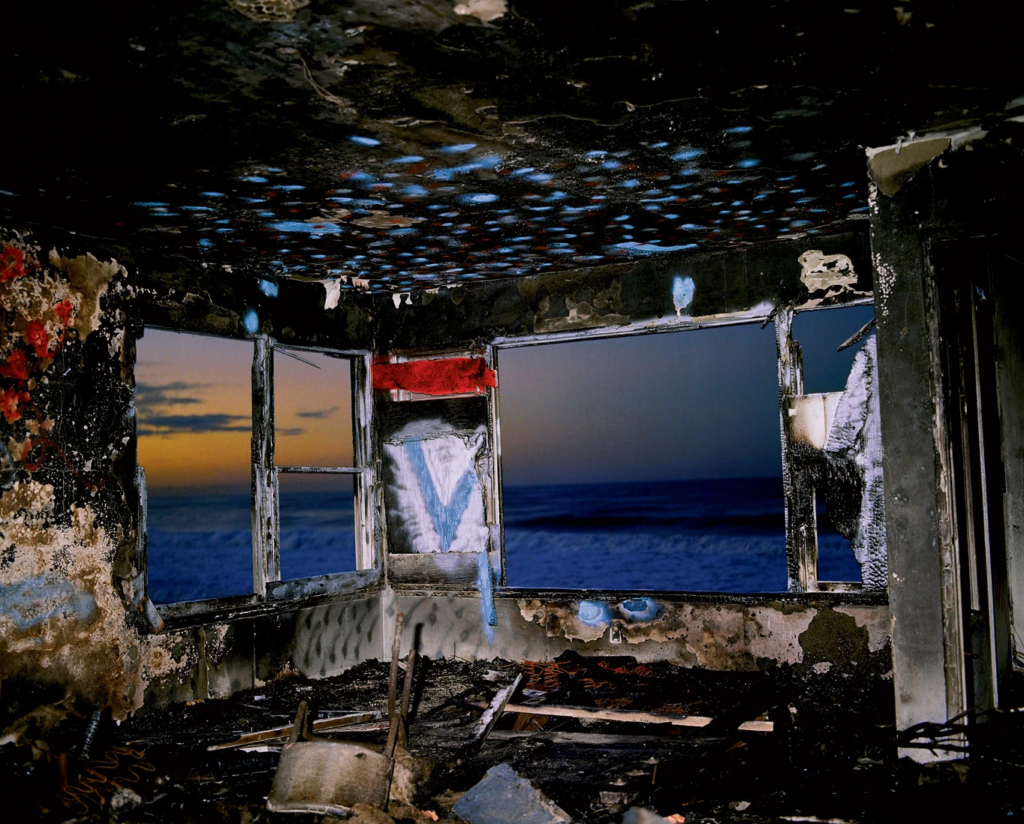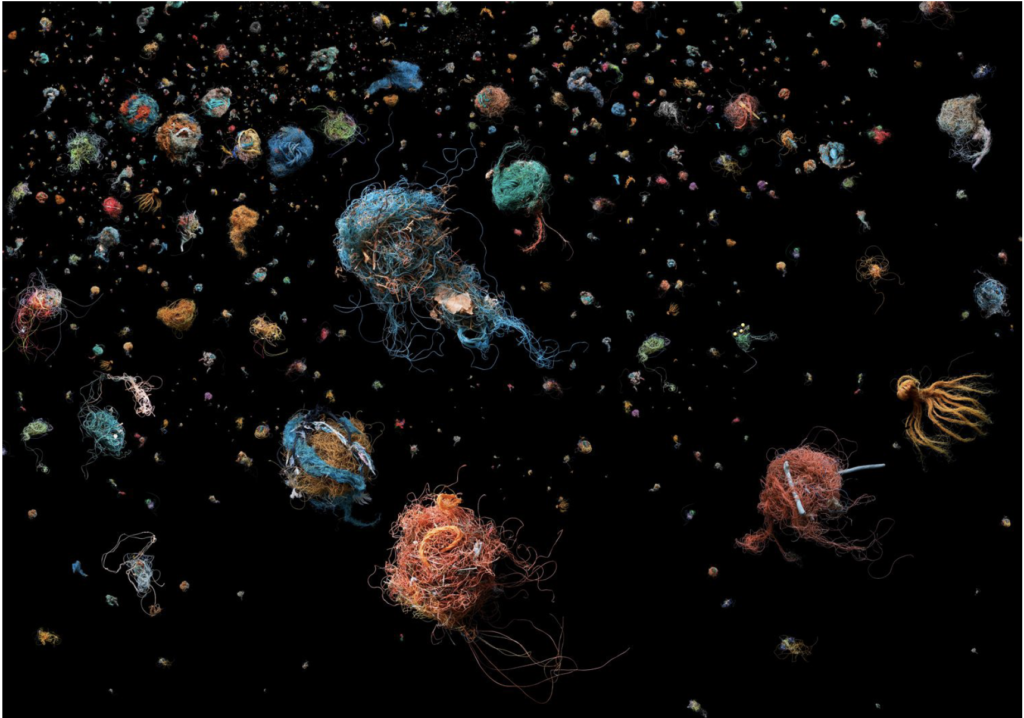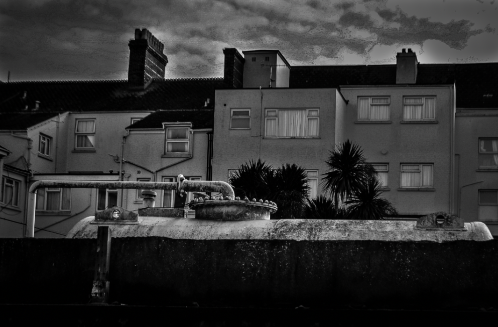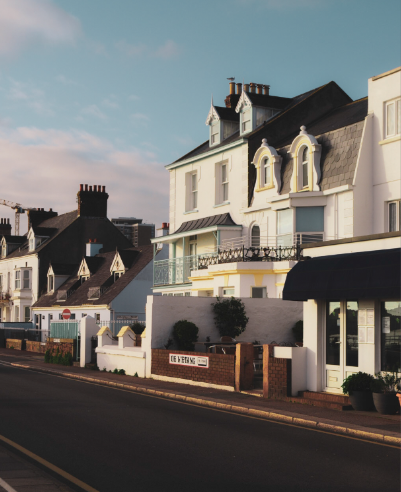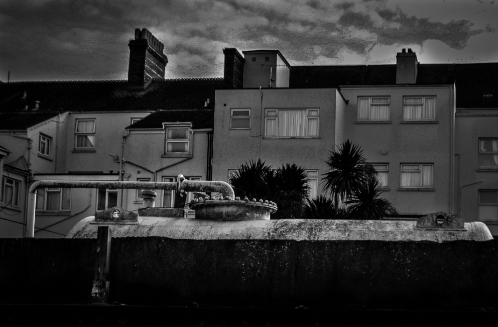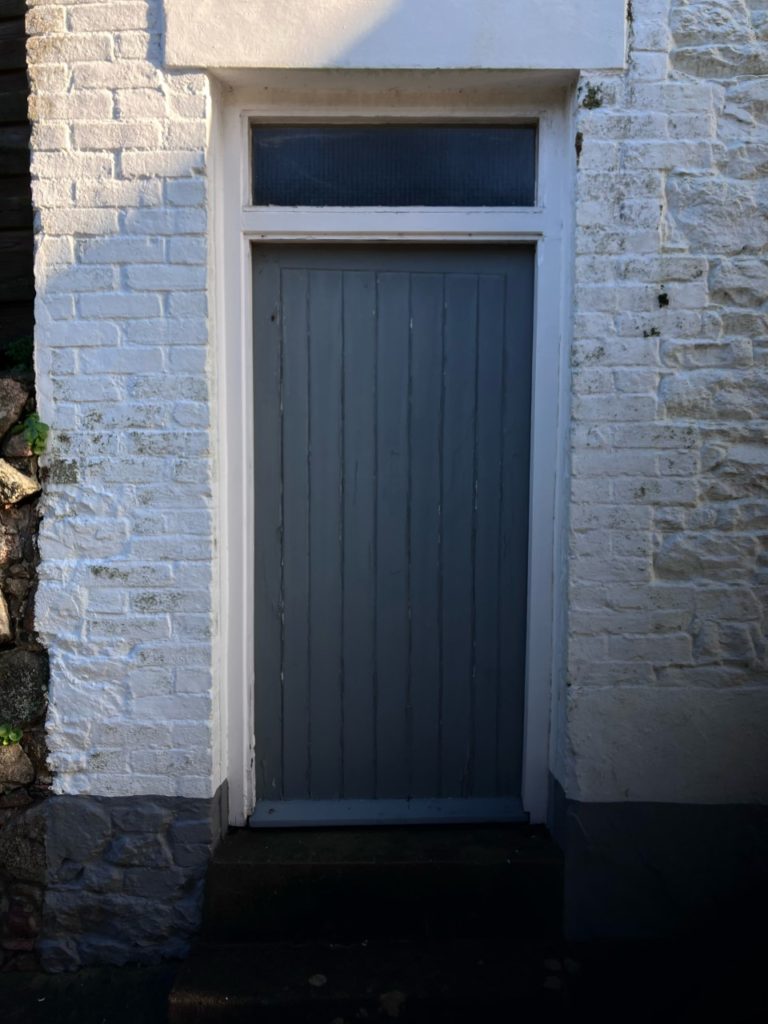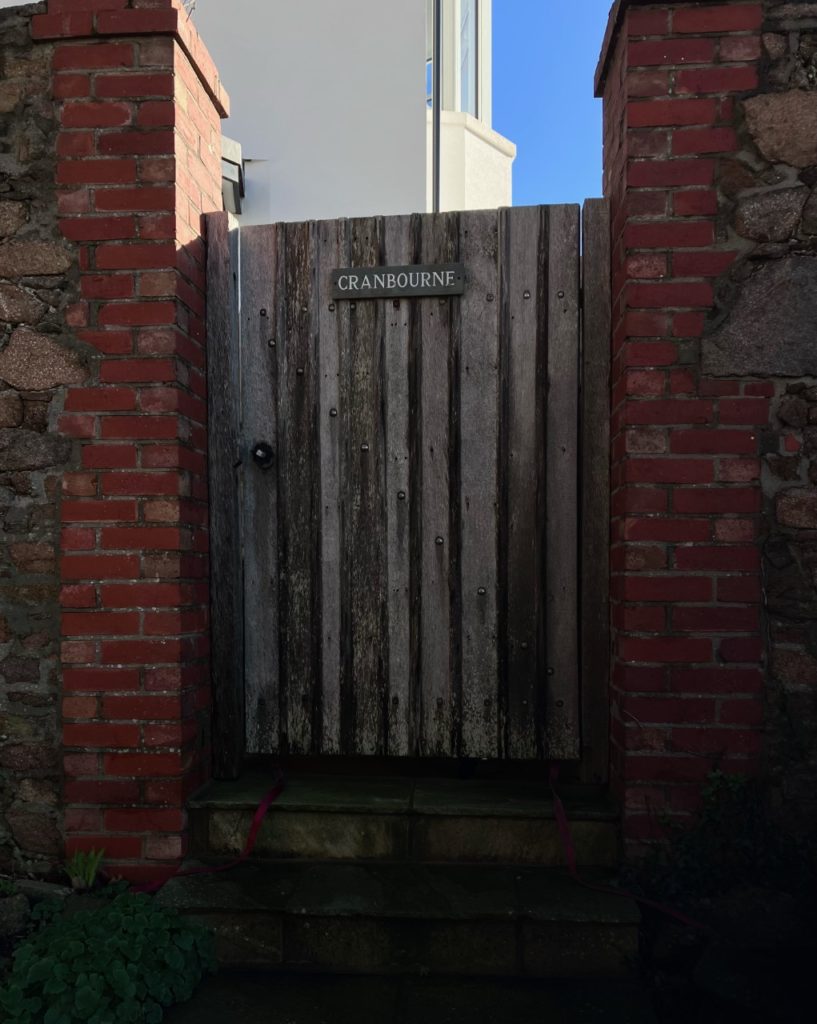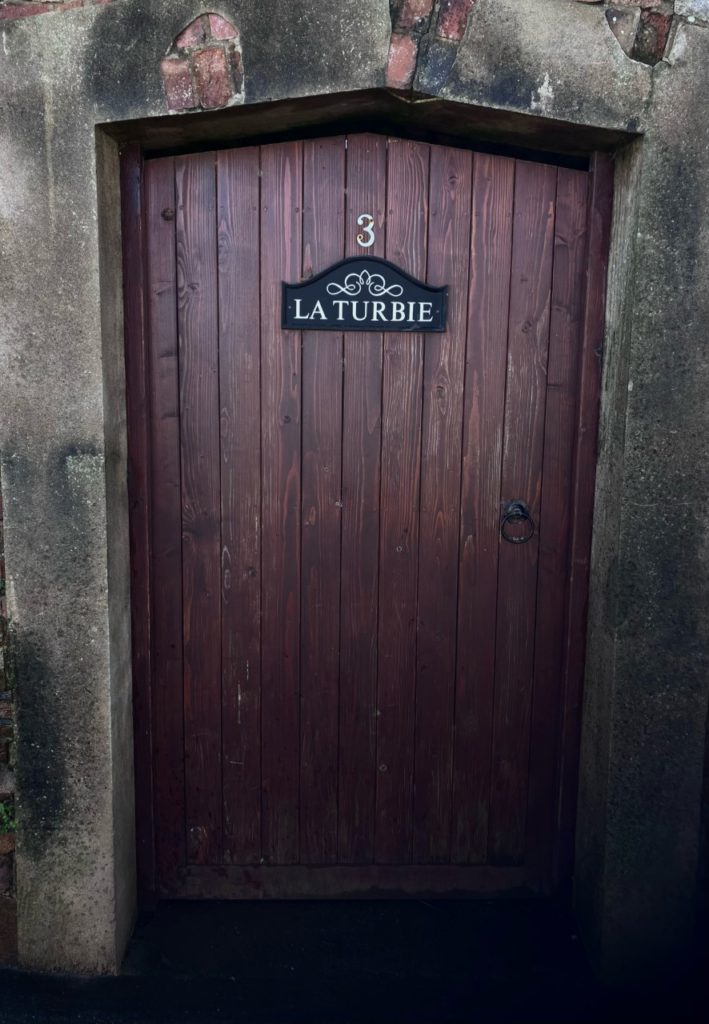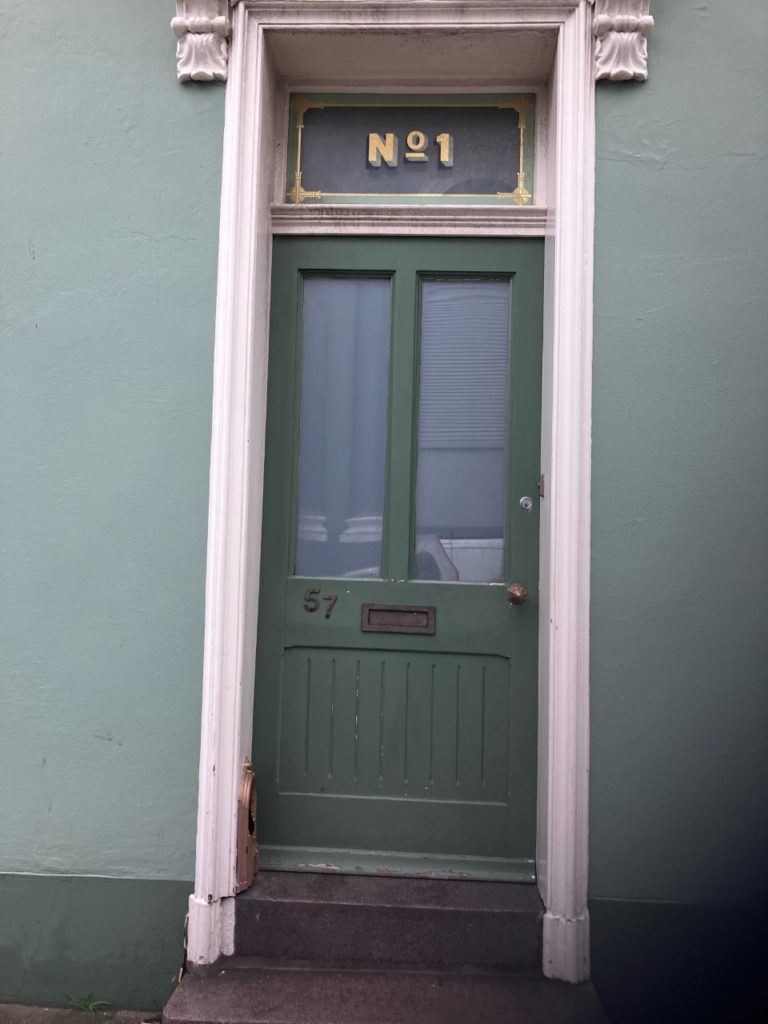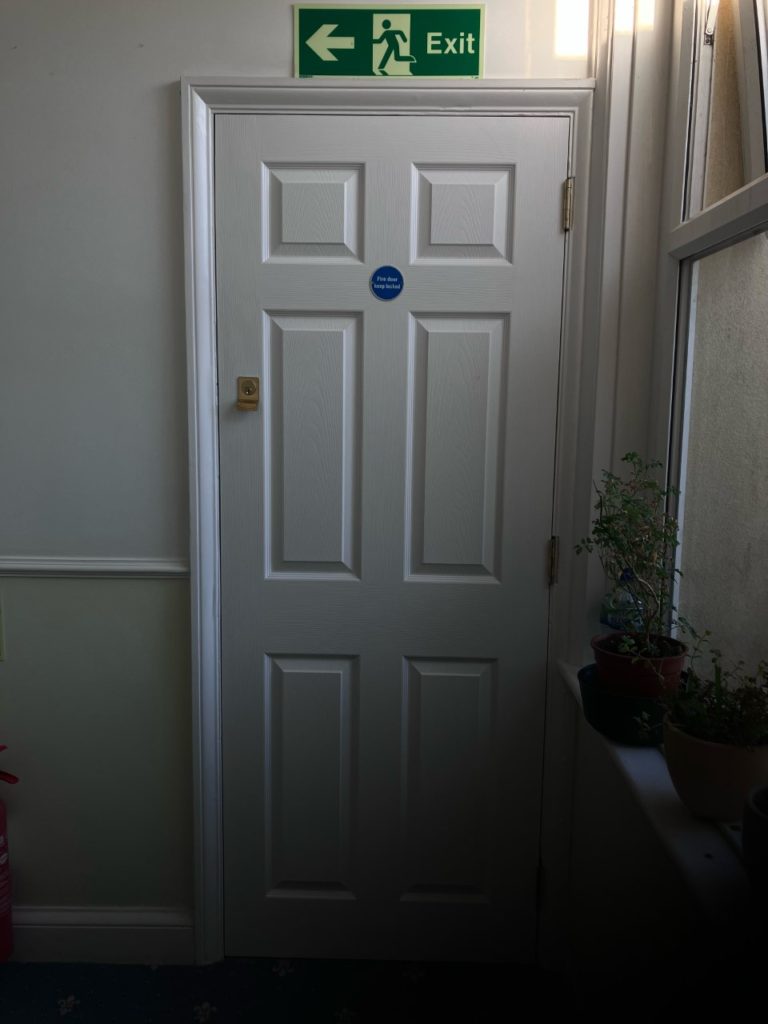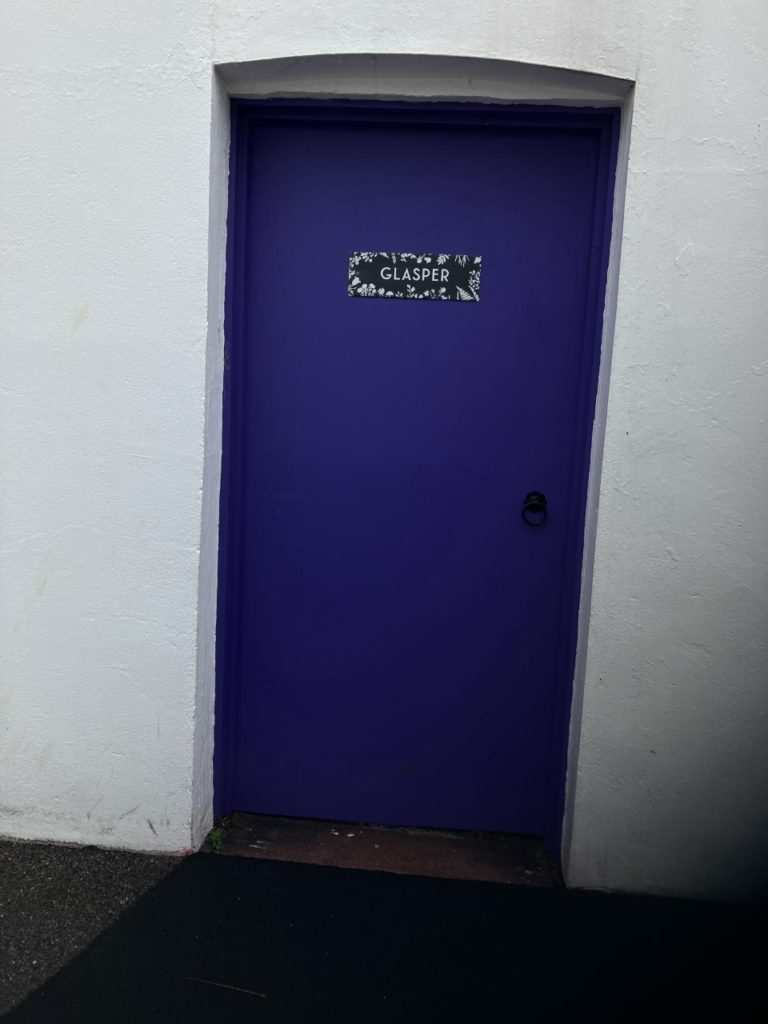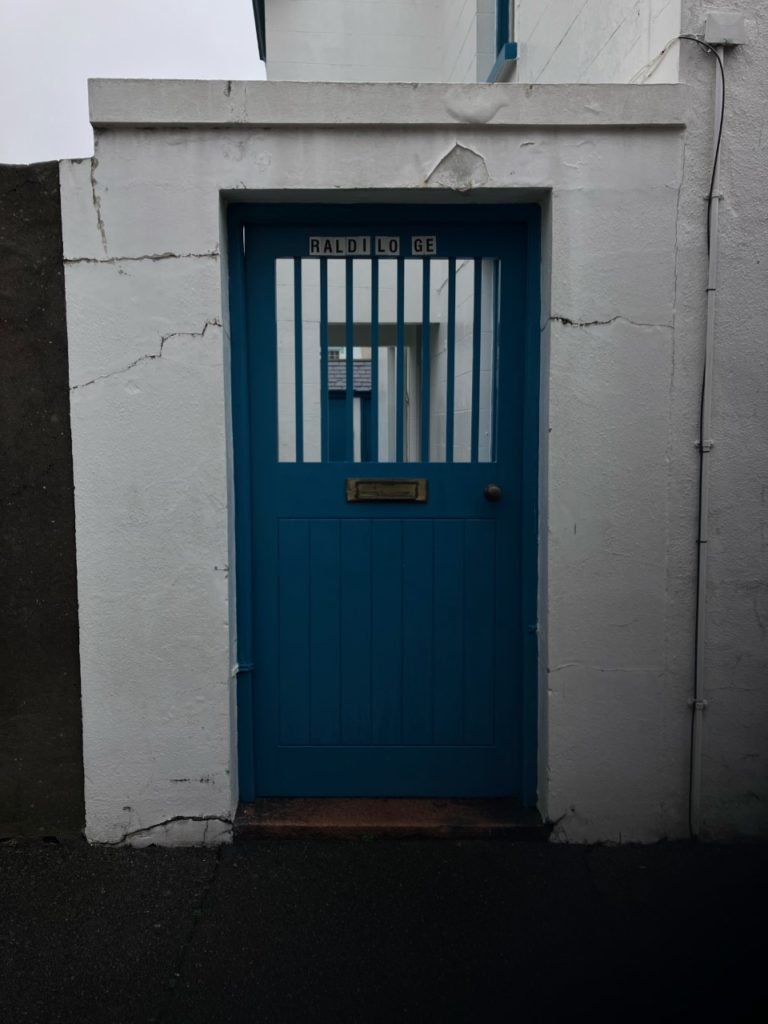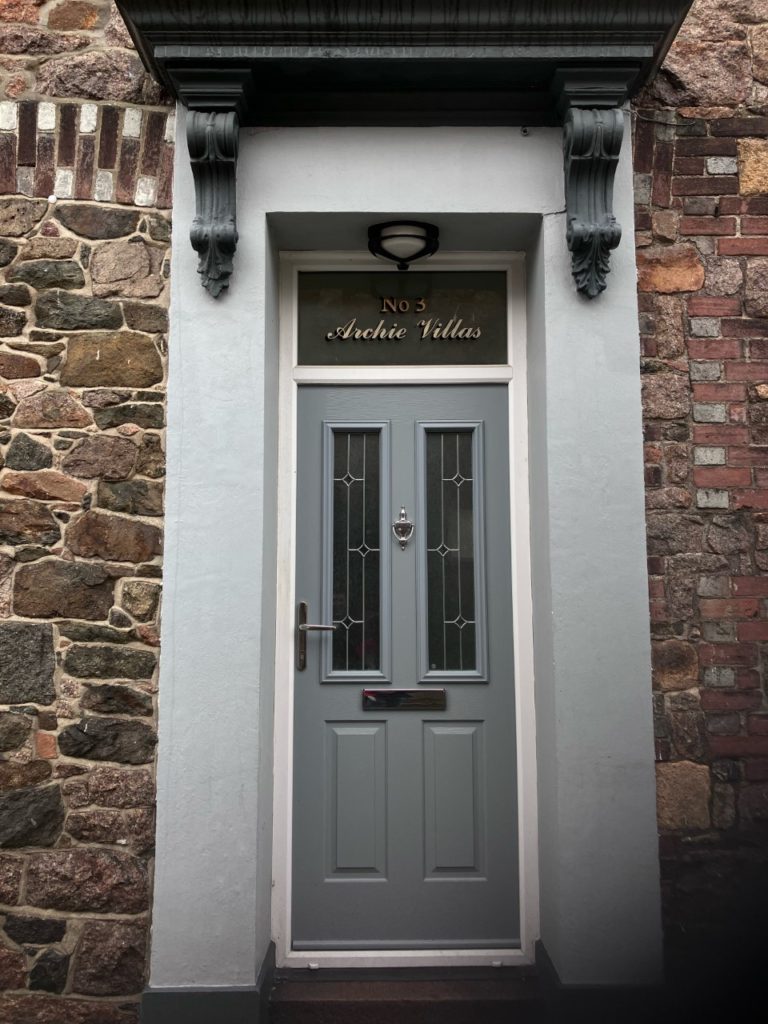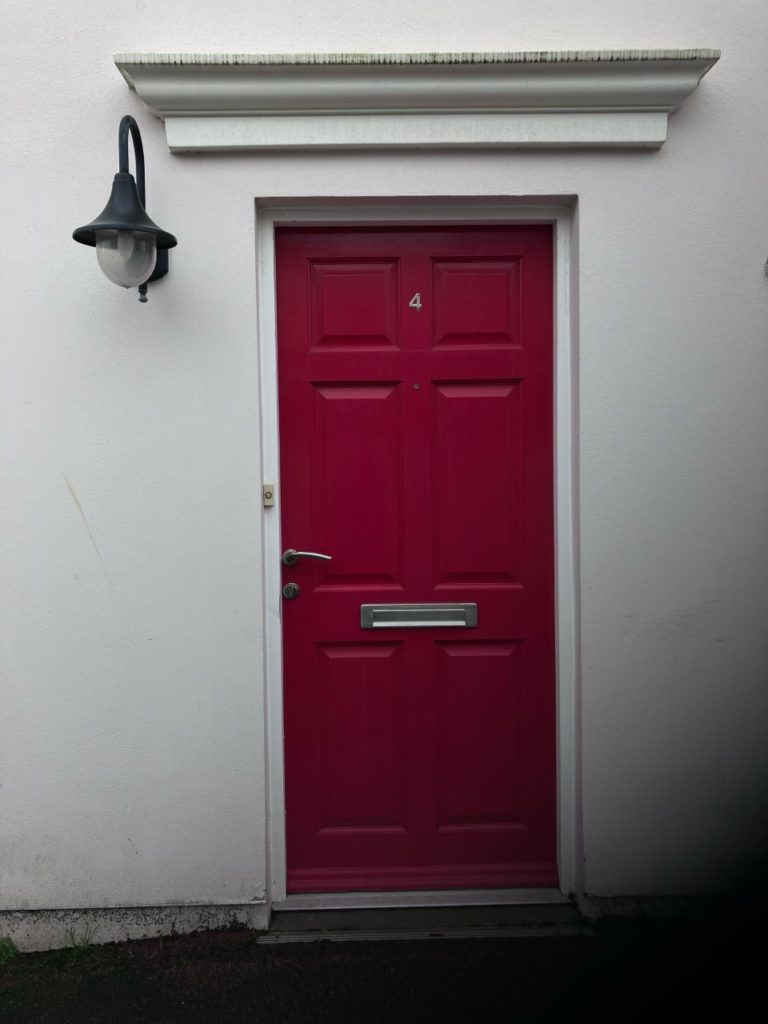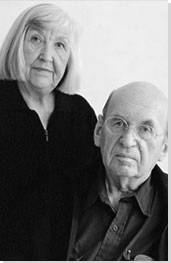About Mandy Barker
Mandy Barker is an international award-winning photographic artist whose work involving marine plastic debris for more than 13 years, has received global recognition. Working with scientists she aims to raise awareness about plastic pollution in the world’s oceans, highlighting the harmful affect on marine life, climate change and ultimately ourselves – leading the viewer to take action. She was born in 1964 and is currently 59 years old.
At first, she photographed the waste as she found it, but after realising this didn’t attract much of the medias attention she attempted a different approach, this time which turned out to be much more successful. The swirls of colours and patterns draw in the images in the audience’s eye, only to realize that these visually appealing compositions consist of garbage that animals have attempted to chew, plastic pellets, tangles of fishing line, and water-logged soccer balls.
“The aim of my work is to engage with and stimulate an emotional response in the viewer by combining a contradiction between initial aesthetic attraction along with the subsequent message of awareness. The research process is a vital part of my development as the images I make are based on scientific fact which is essential to the integrity of my work”
– Mandy Barker

‘Penalty’
The series ‘PENALTY’ aims to create awareness about the issue of marine pollution by focusing attention on the football as a single plastic object and global symbol that could reach an international audience. This project turned out to be very successful and captured the attention of many more viewers, proving to be very effective. The interesting shape the balls are arranged in (the majority being placed from biggest to smallest, with some smaller balls scattered around the main shape) creates an bizarre appearance. The story behind the balls (as described below) was another aspect of this project that made it so popular.
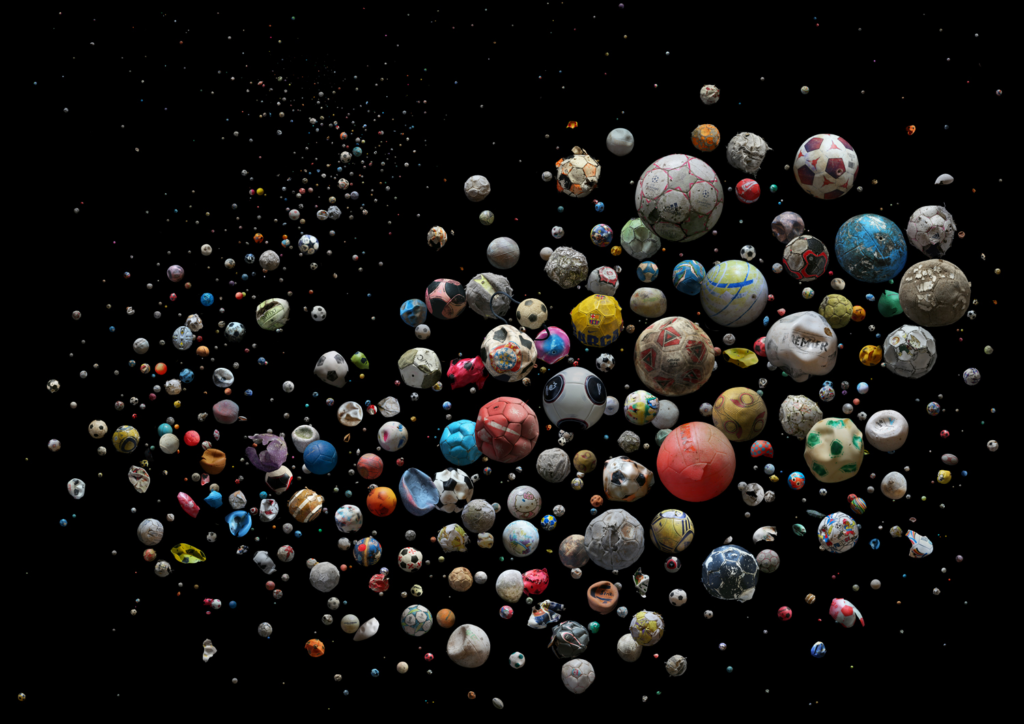
“I noticed over the last 20 years that the natural objects I used to collect were being replaced by man made ones”
– Mandy Barker in response to the question “How did you start focusing on ocean plastic as a both a message and a medium?” from the Plastic Politics interview.
Image Analysis
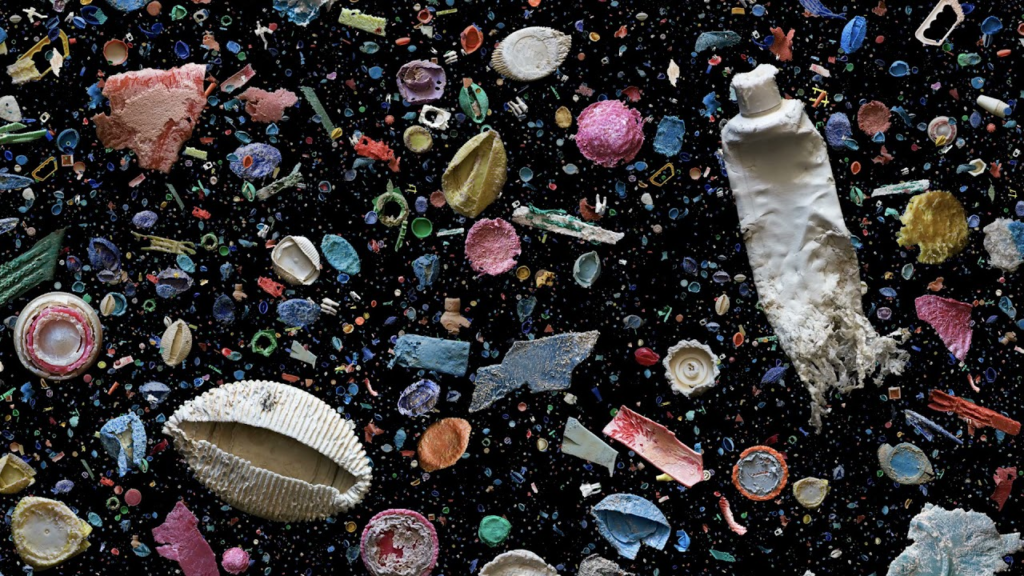
At first, Barker took her images of plastic pollution in its original residence, the beach, however after realising people weren’t giving her and her work the feedback and reaction she wanted, she came up with the idea of collecting lots of plastic waste and photographing it on a piece of black velvet. In this photo, she wanted to give the illusion of the plastic floating around underwater, therefore she scattered the different bits of collected plastics (except the large pieces which she placed herself) around the material to create a natural look of floating and then later, during her editing process, duplicated some of the pieces and made them tiny to put in the empty spaces in between the bigger plastics. This added depth to the image, enhancing the depth of field by creating the illusion of the blackness going on forever. By photographing the plastics on black velvet, causing it to look like and endless/ timeless void (her interpretation of the ocean), the colours of the waste pop out and make it easier to focus on the details. This is something that always captures the attention of her audience, truely showing how badly our plastic waste effects our environment and the great mass of it in the ocean and beaches. The composition of the largest plastics causes the audience to focus on them, the details of them portraying how hard it is for them to decompose despite being in the ocean for so long.












